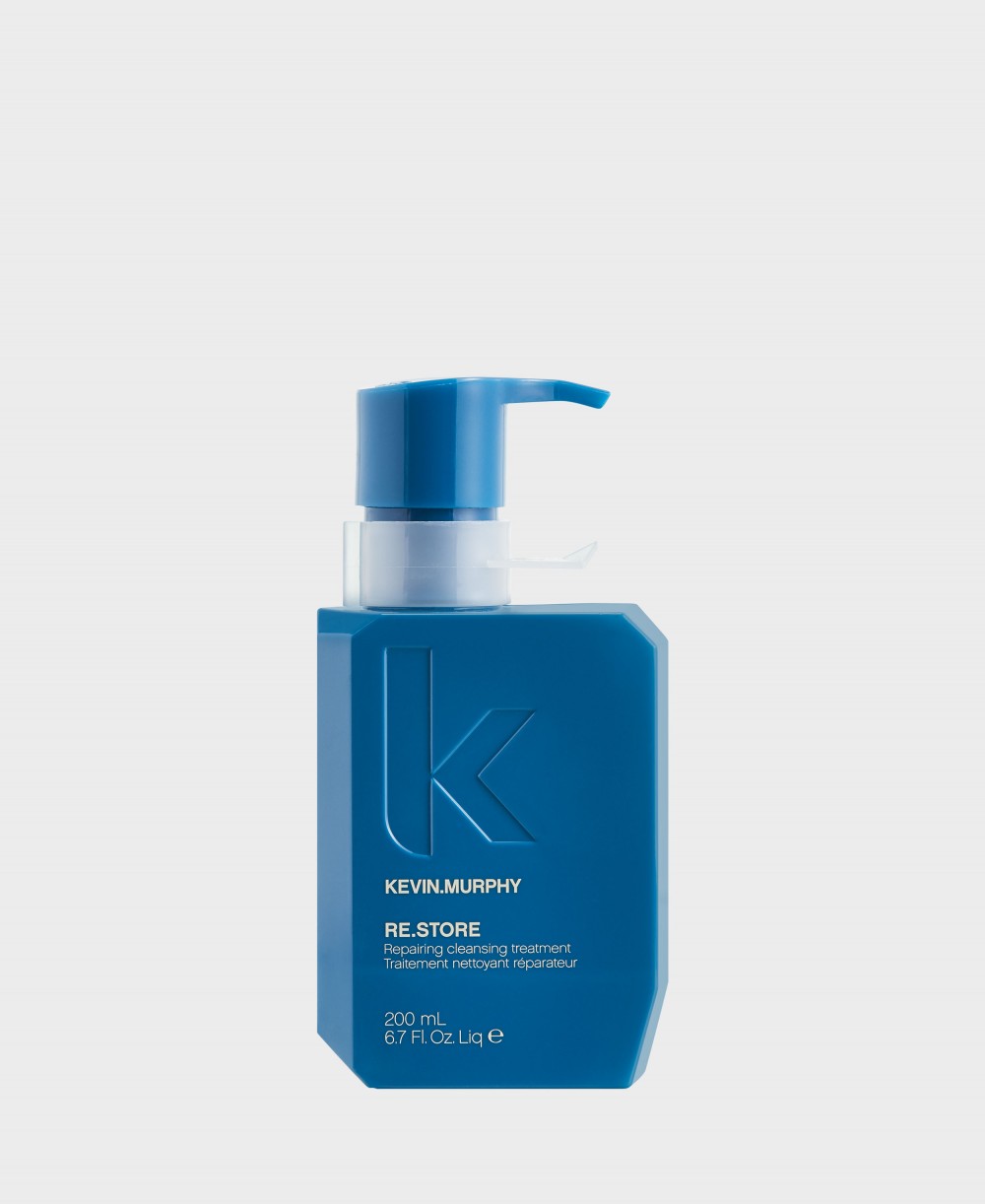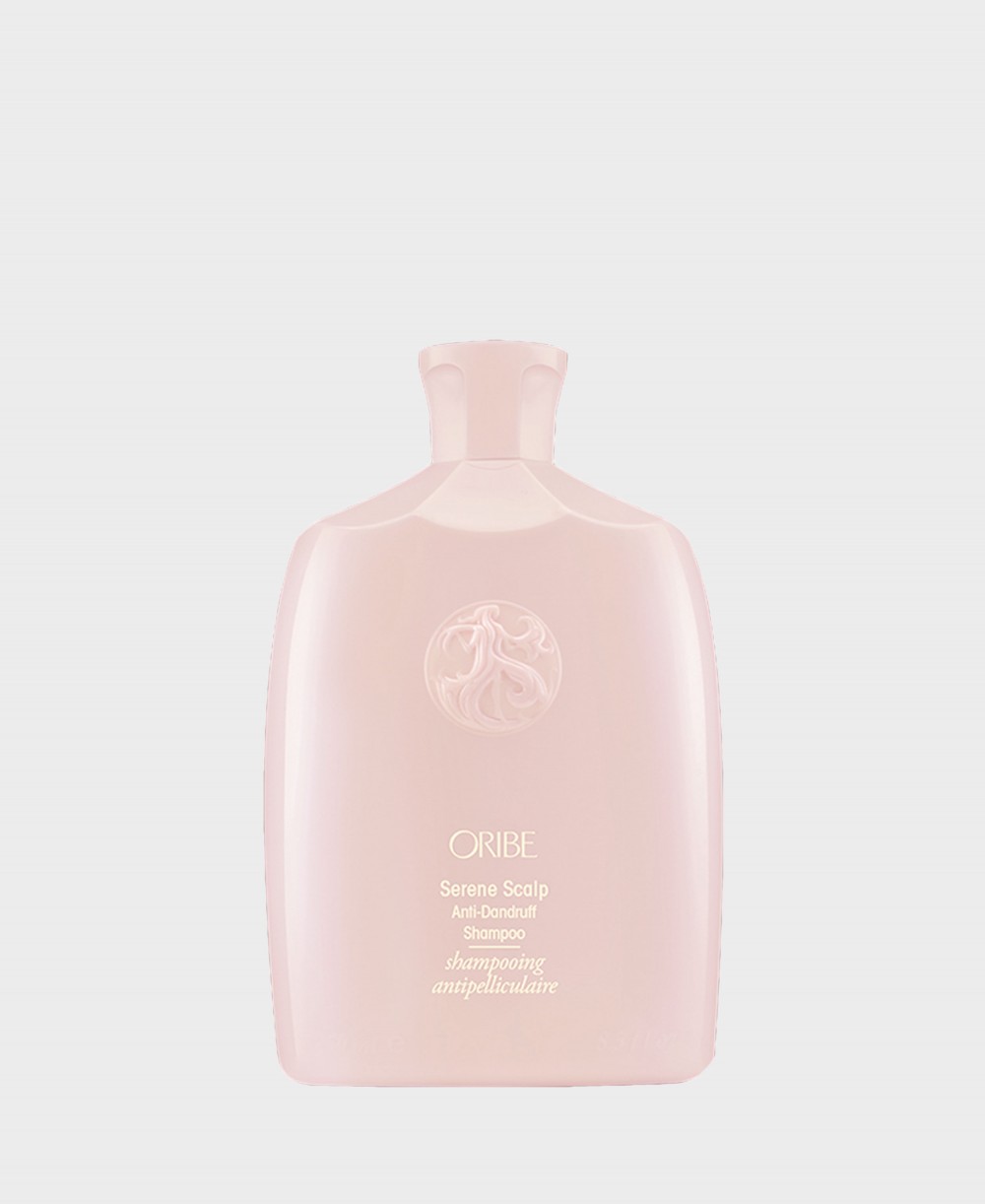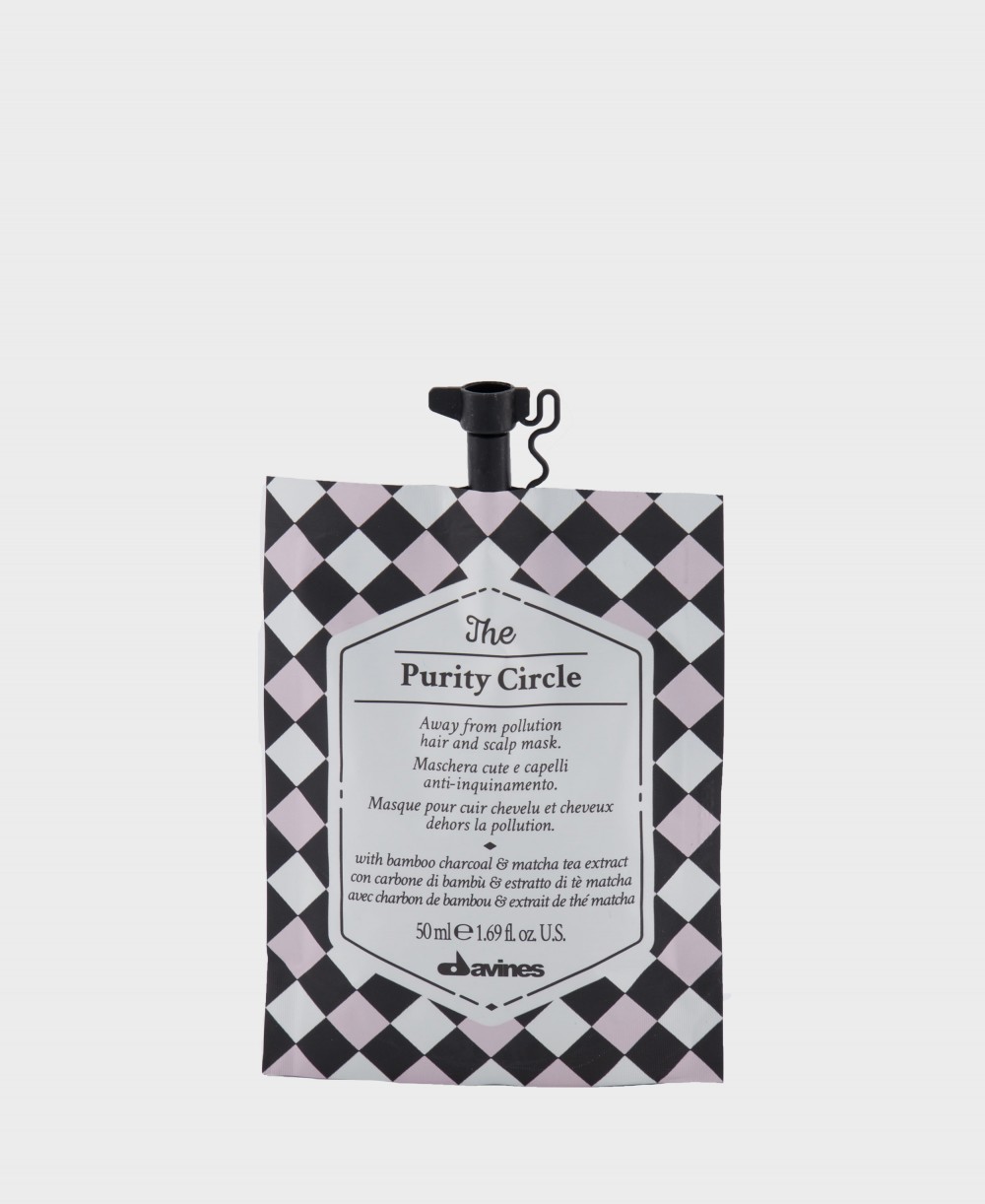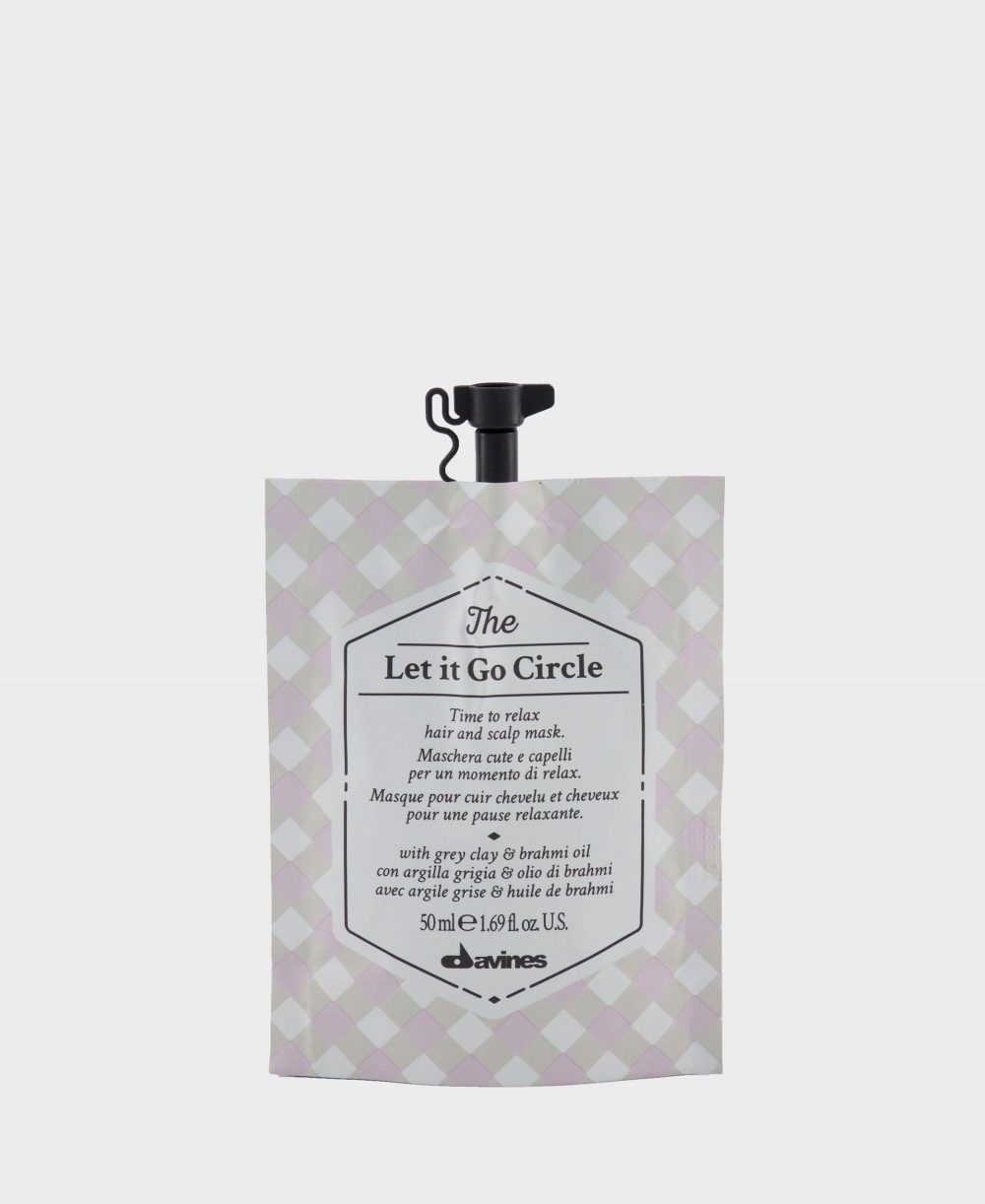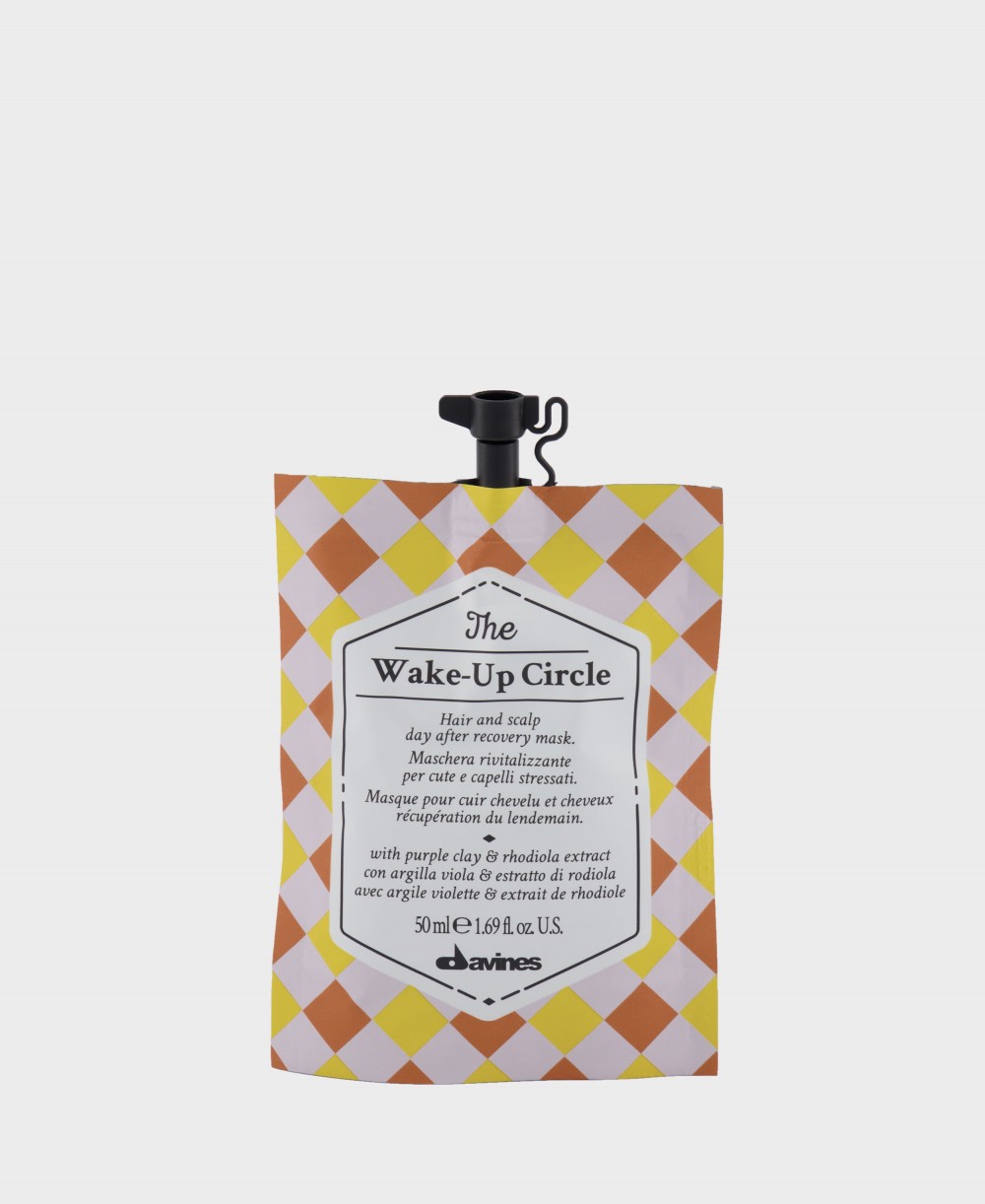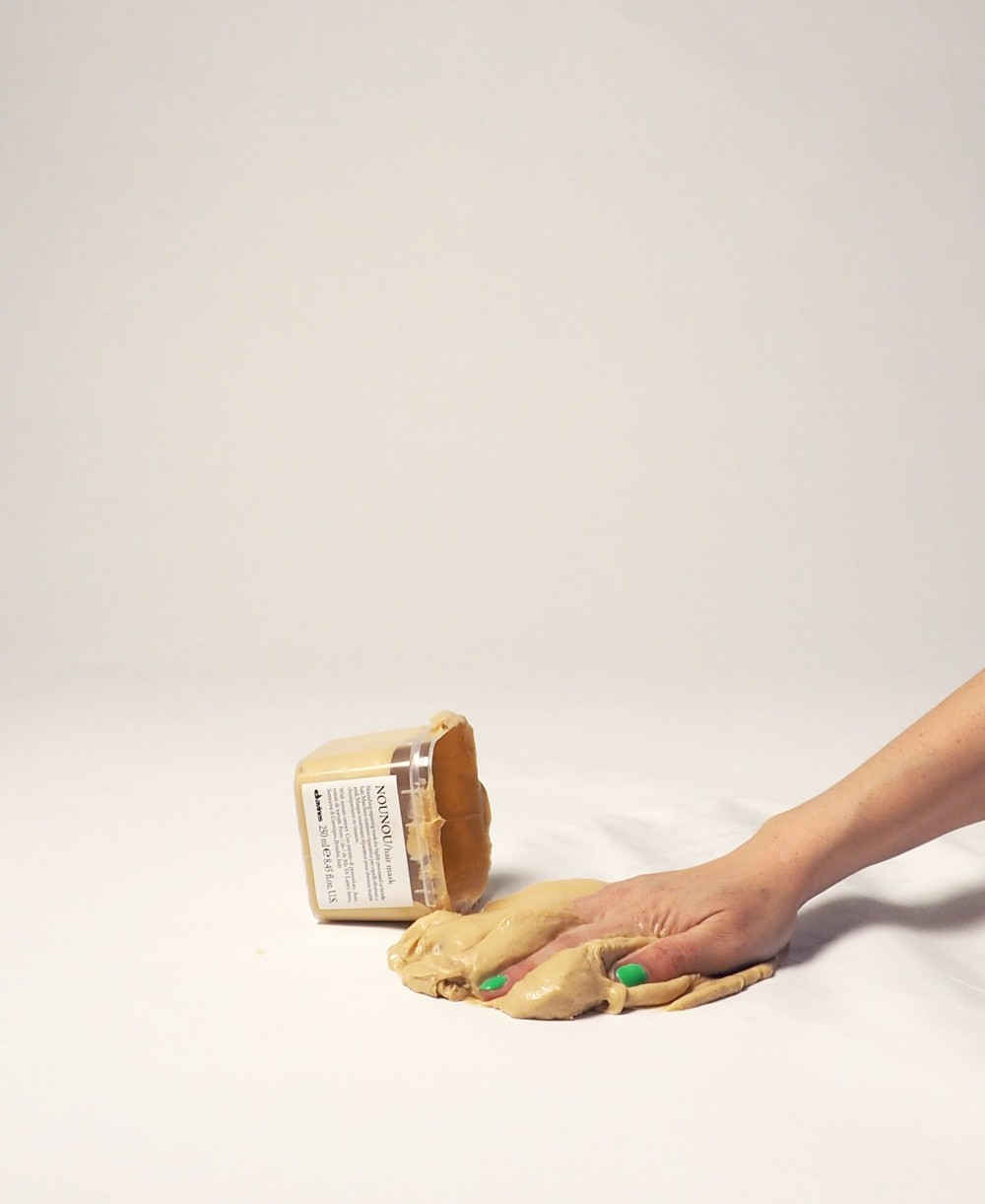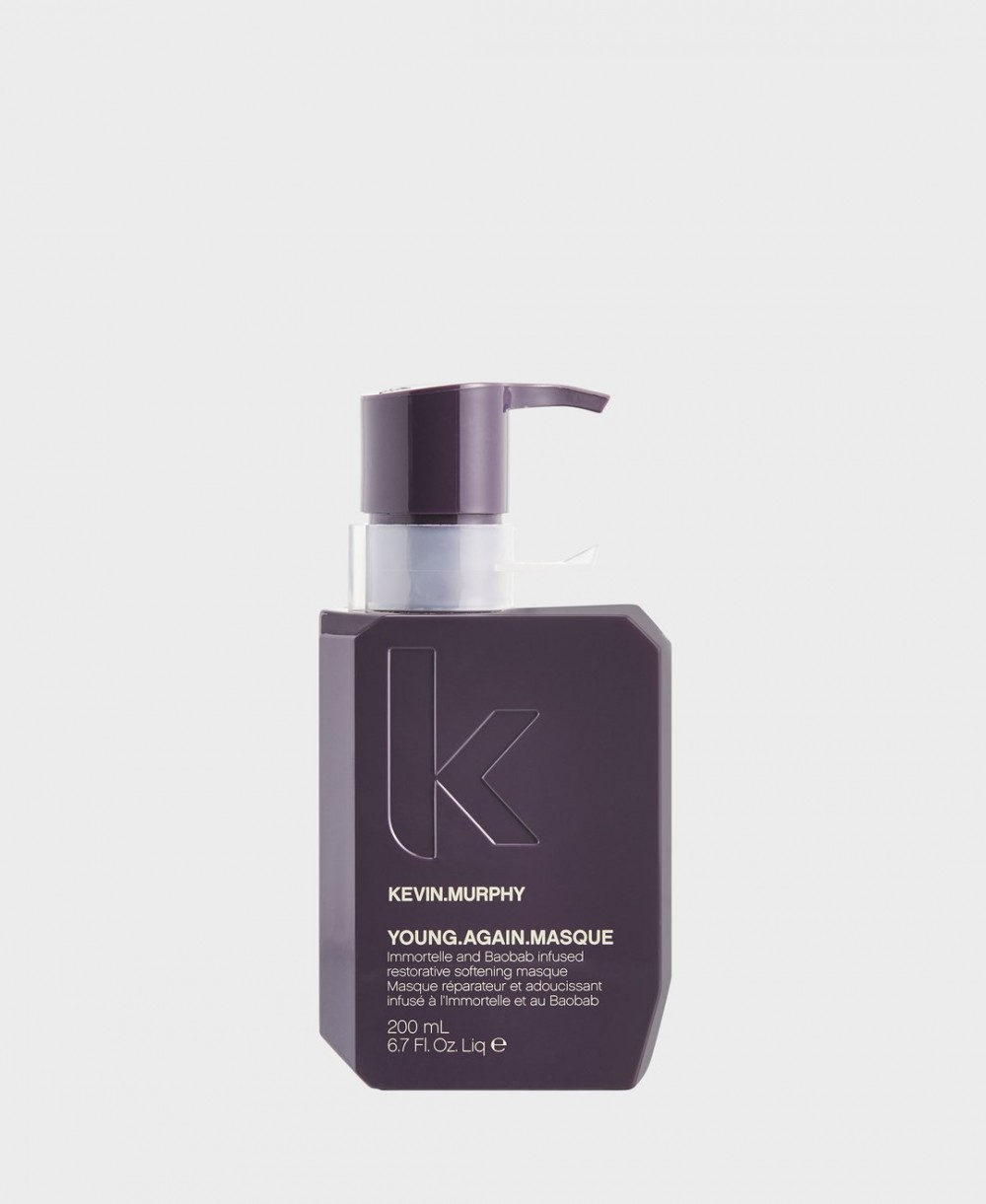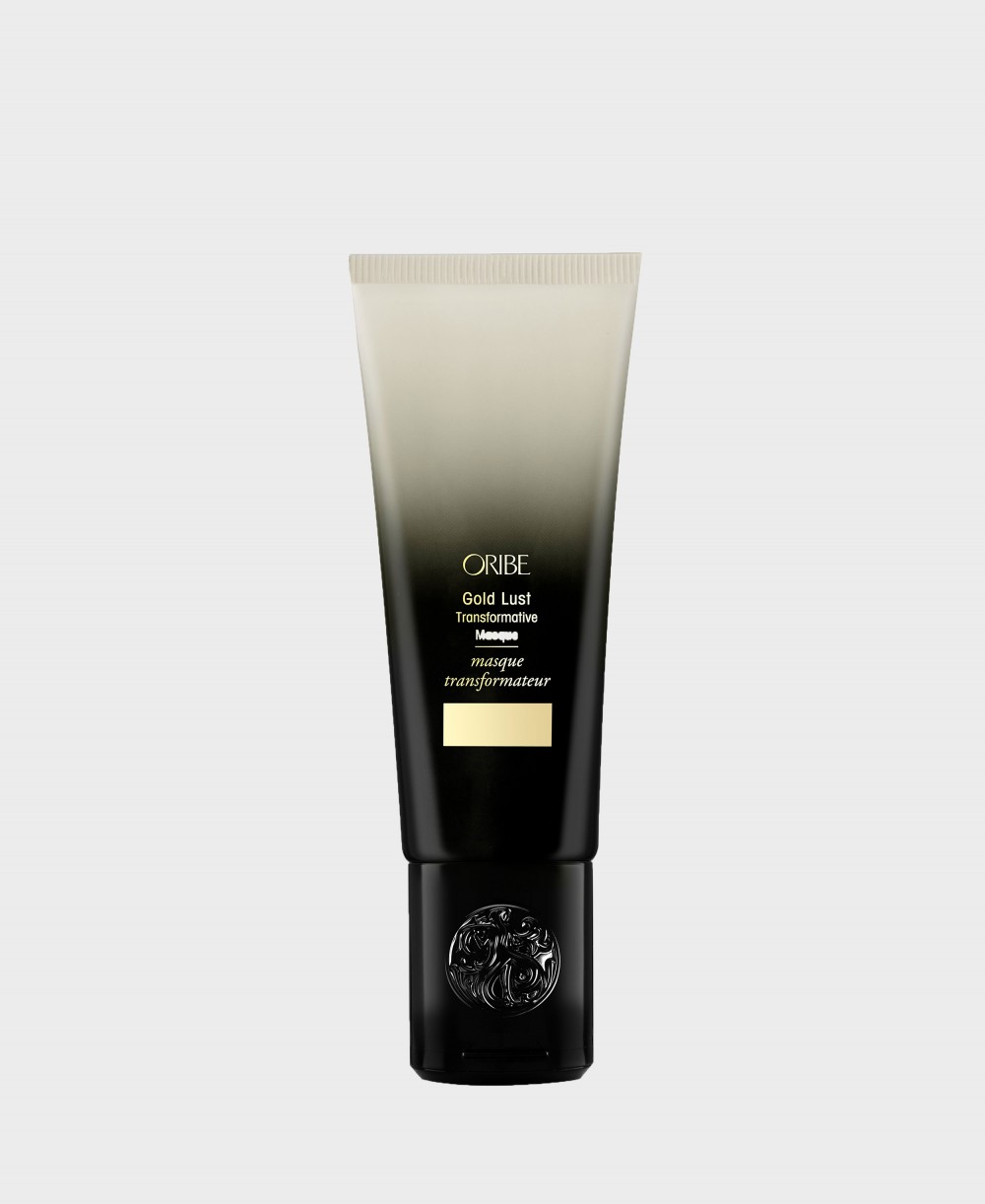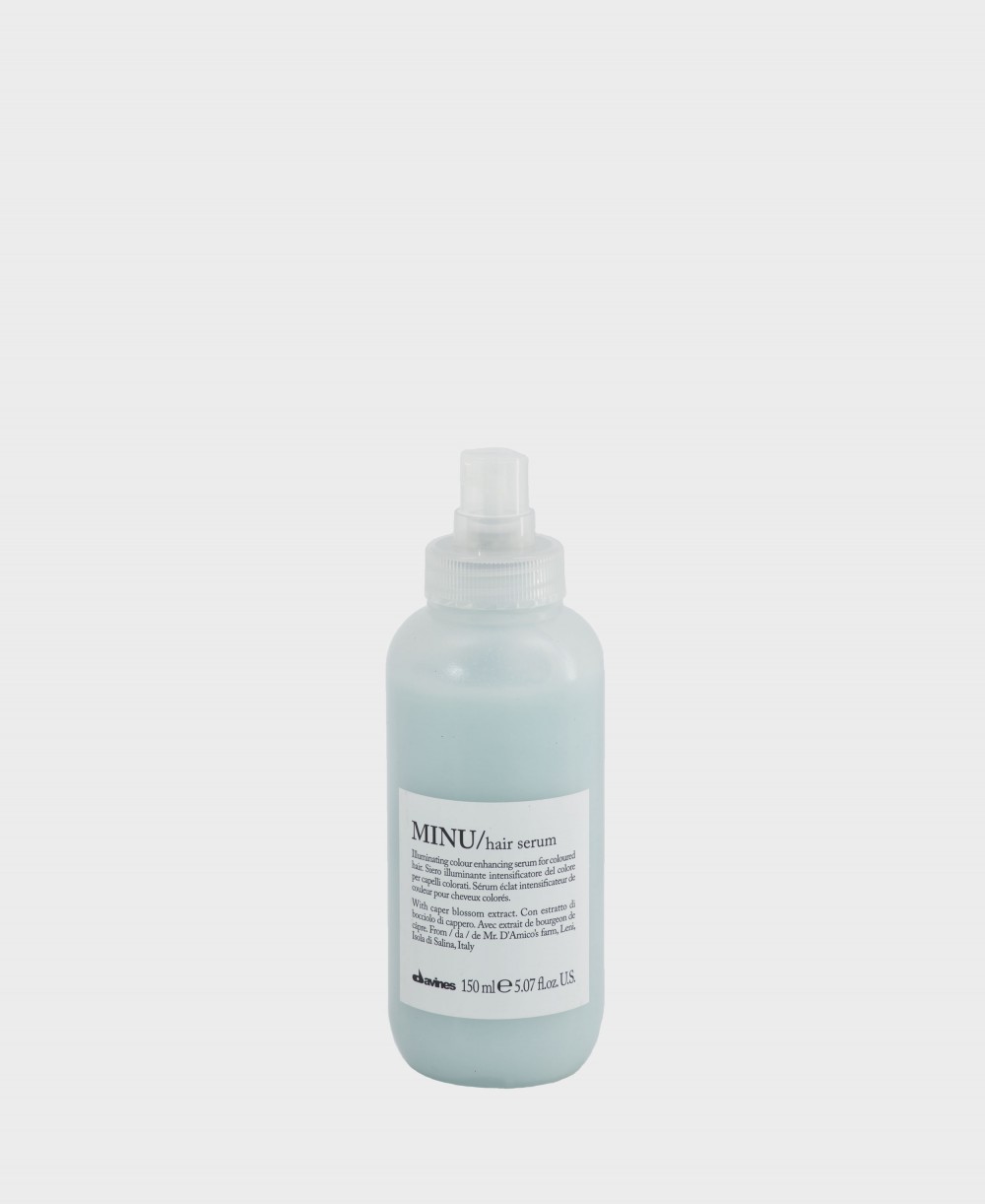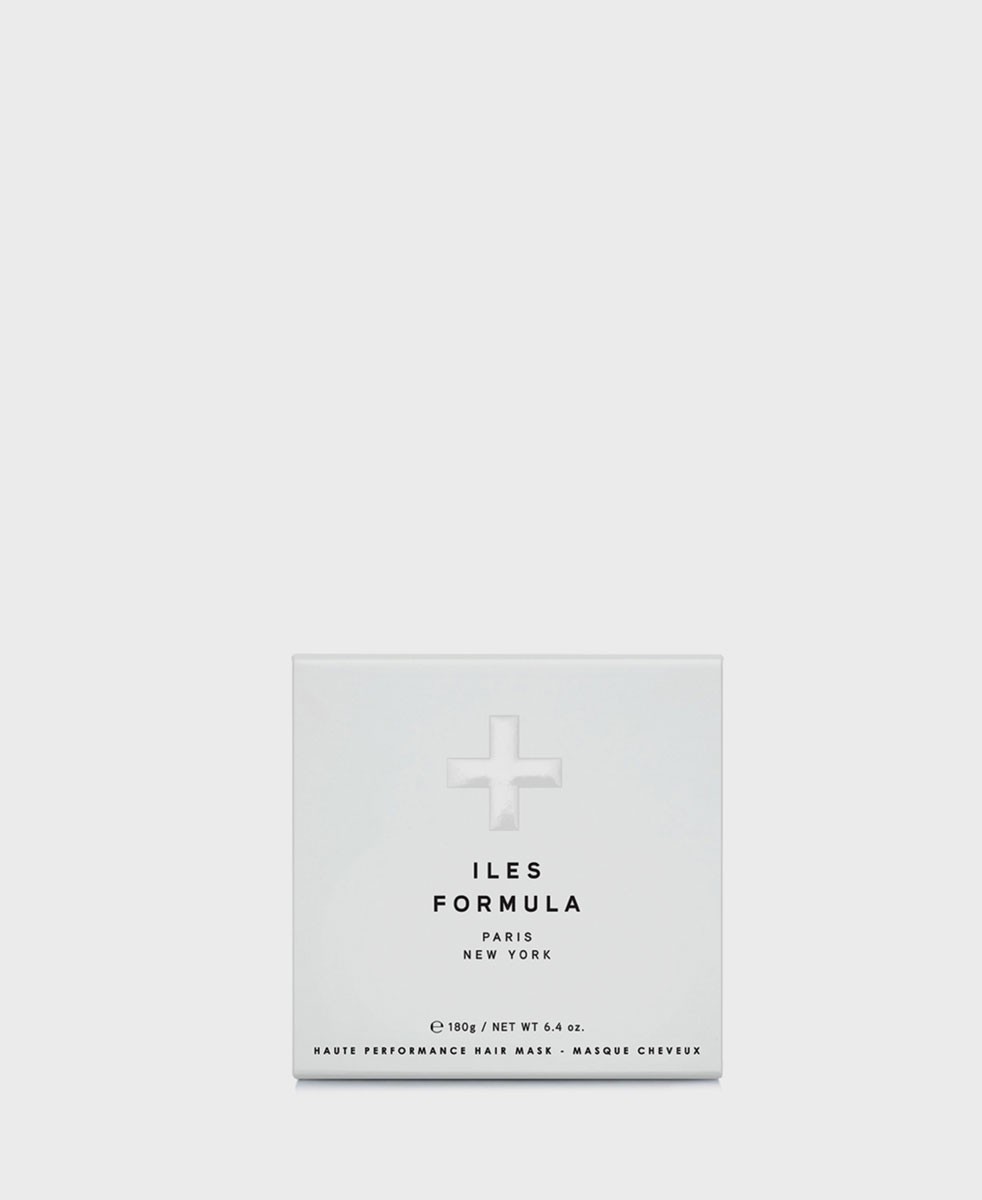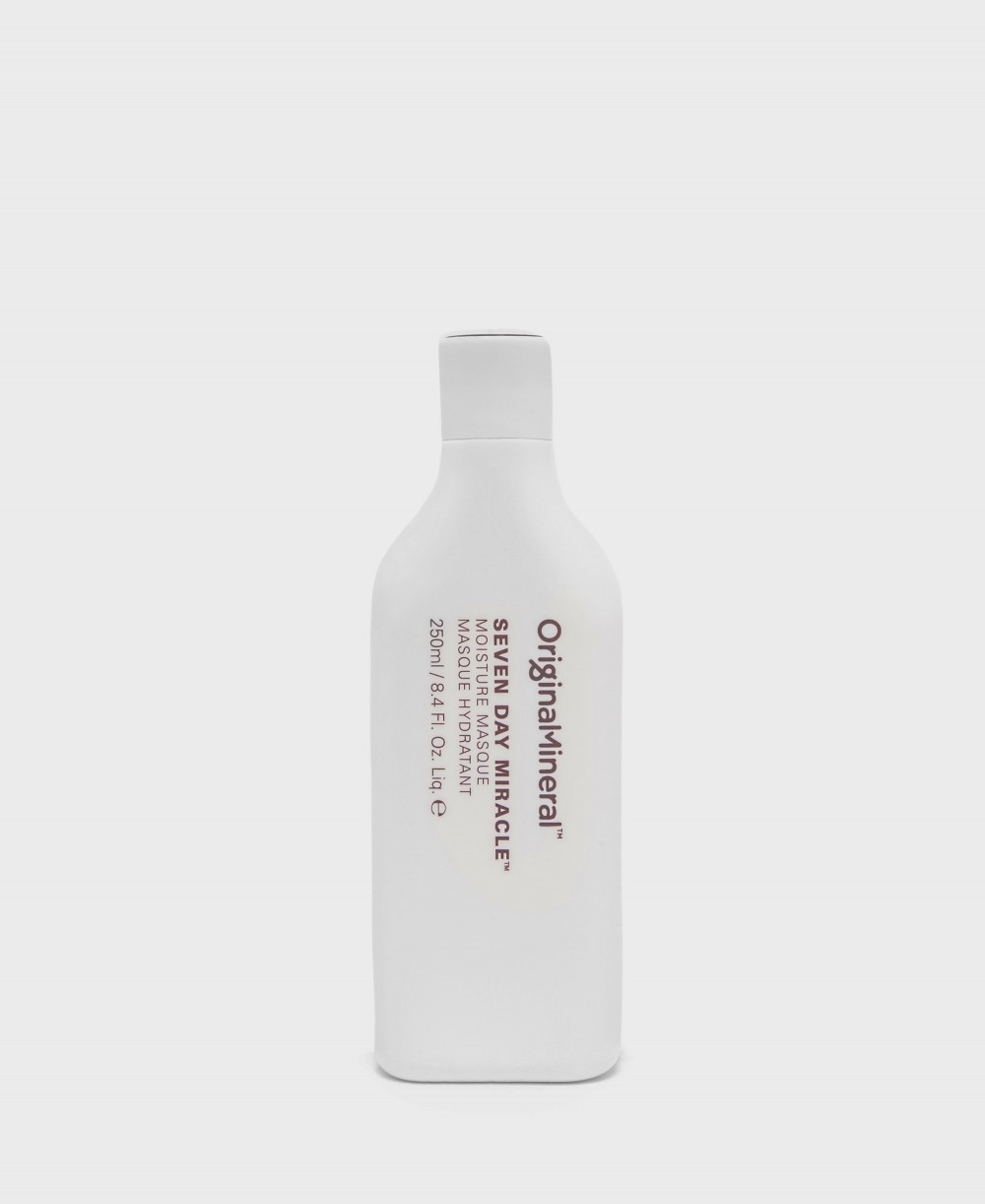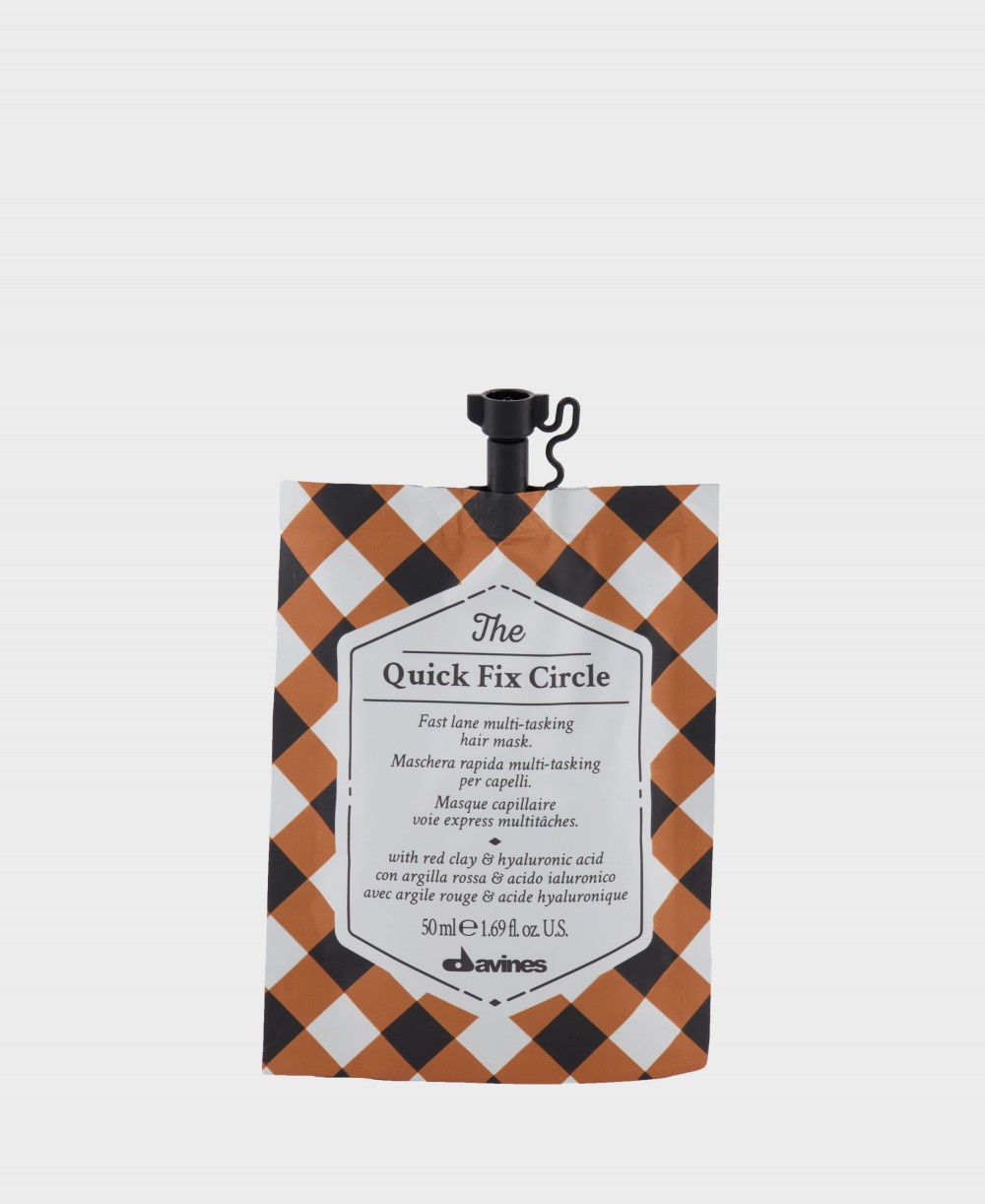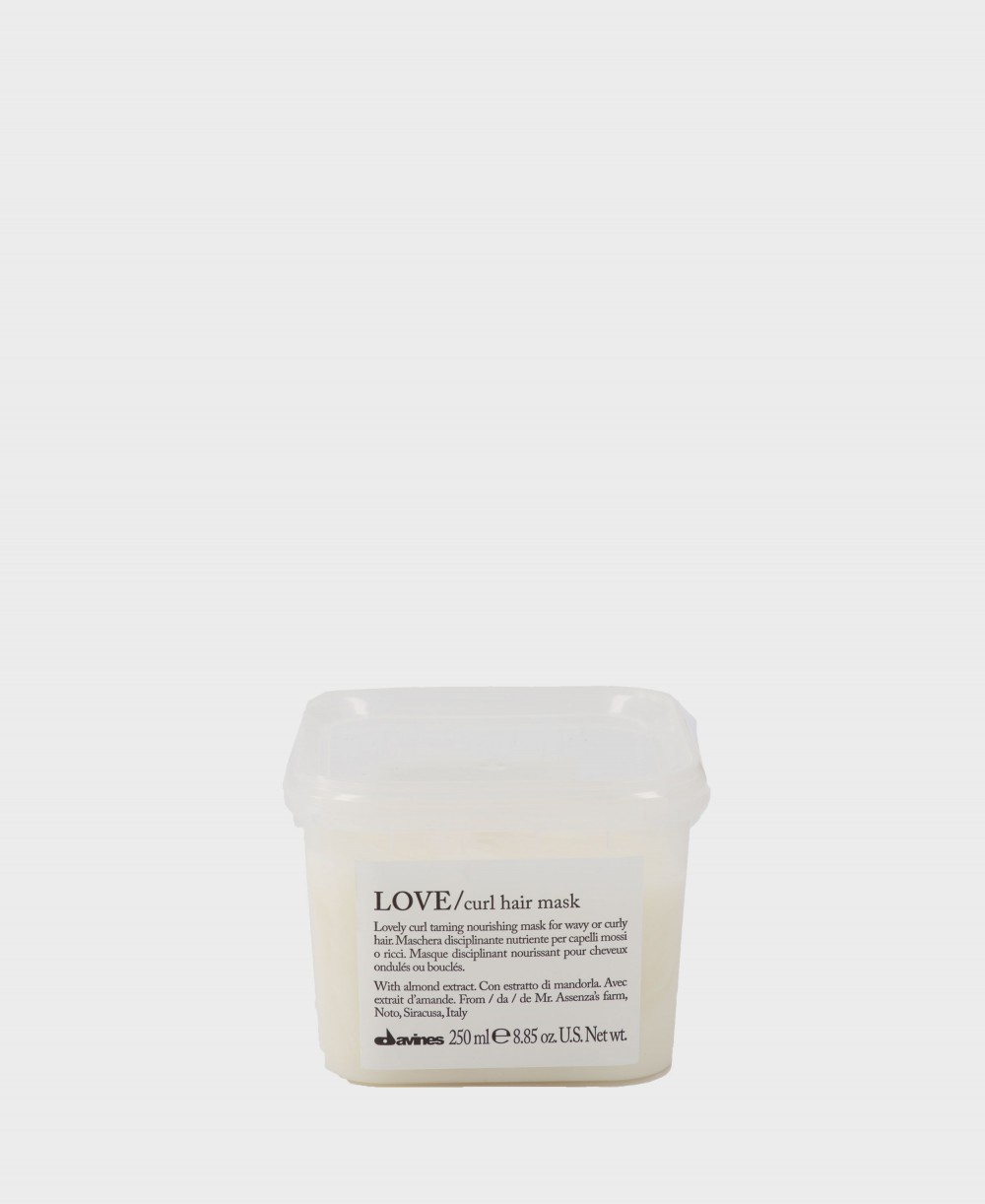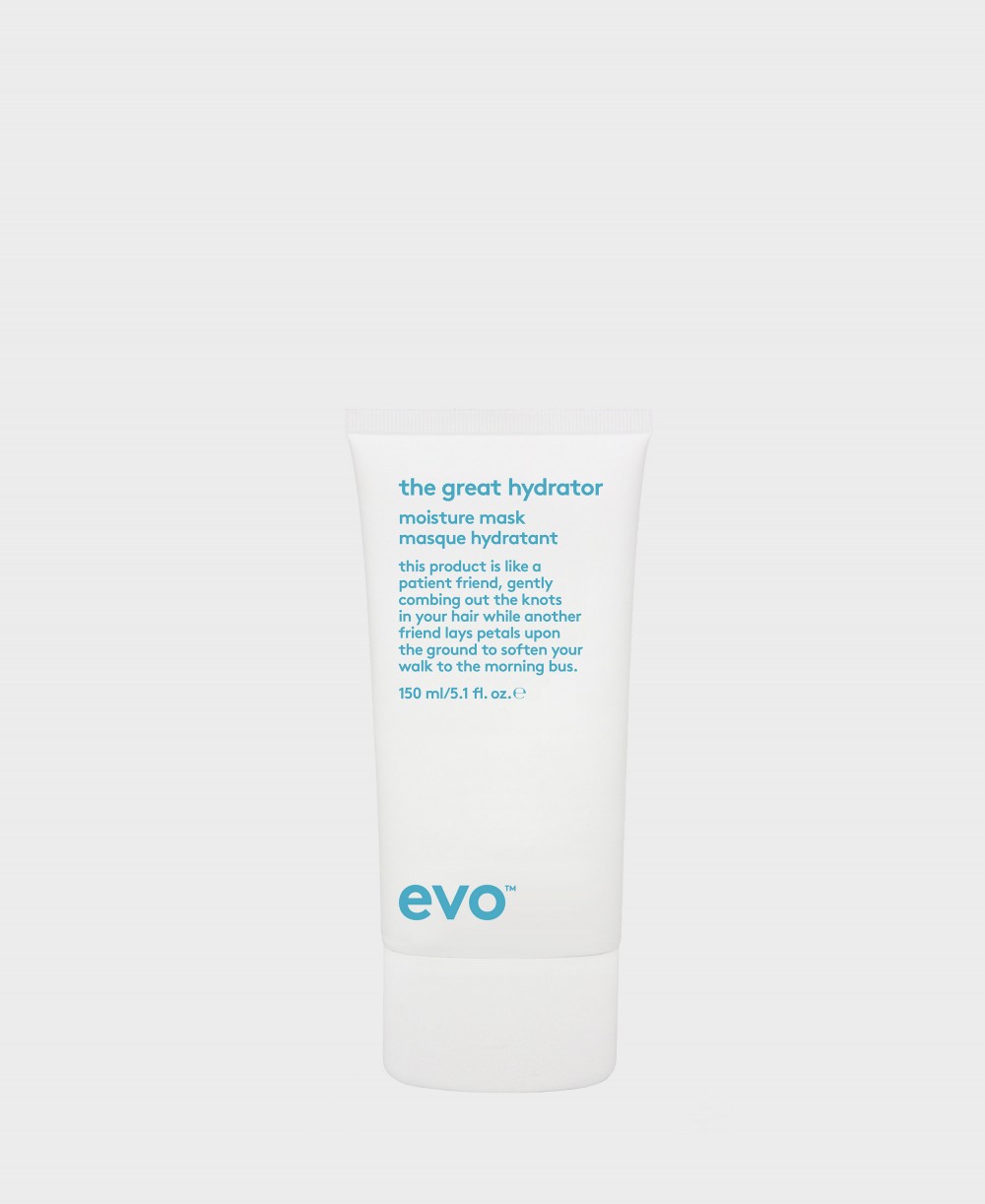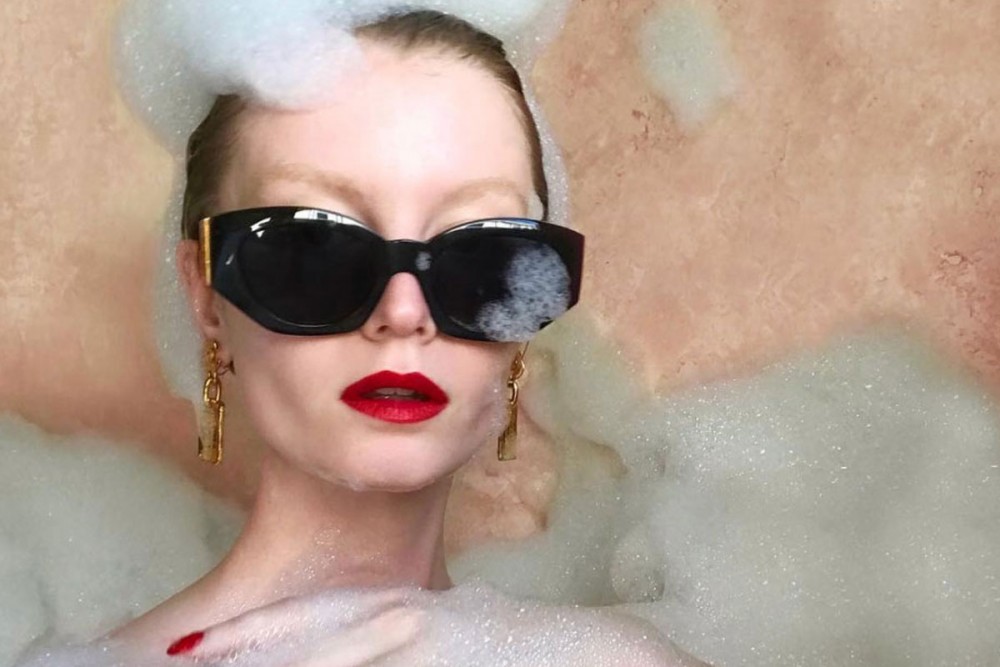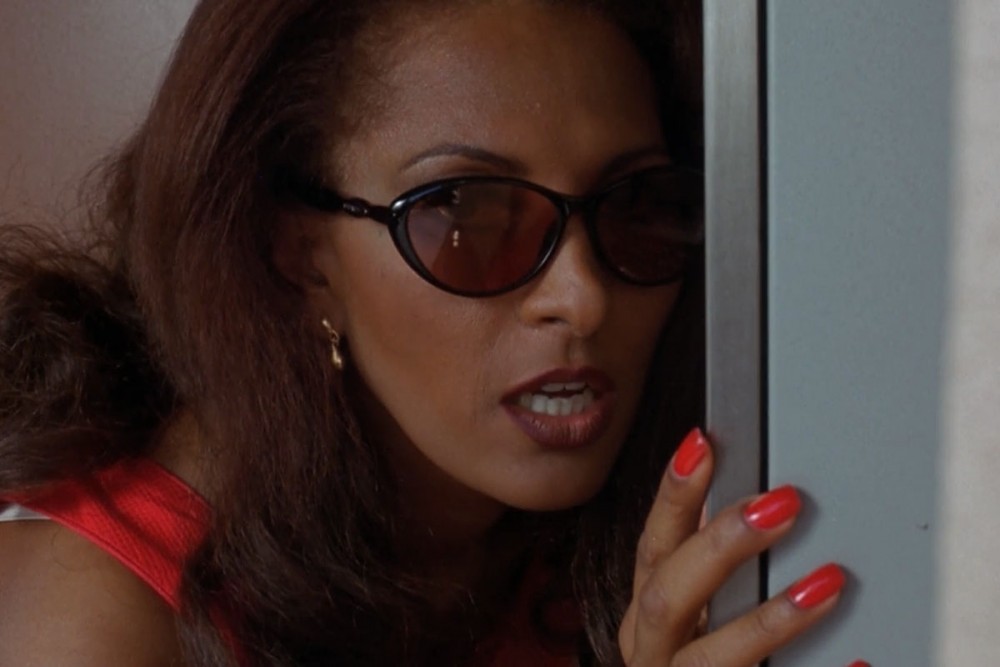No doubt you’re up to play on the internet explosion of multimasking for your skin, but what about your hair?
Pretty much nobody’s hair is in the exact same condition from roots to tips and that’s not even taking your scalp into consideration, so here’s the lowdown on how to multimask your hair.
Exfoliation is a great place to start, sound familiar? Get rid of those dead scalp and hair cells before you go in with the good stuff.
Just like your skin’s complexion your scalp might be a mix of oily and dry zones. Rather than slapping on a one size fits all treatment, take a minute to figure out what’s going on under all that hair.
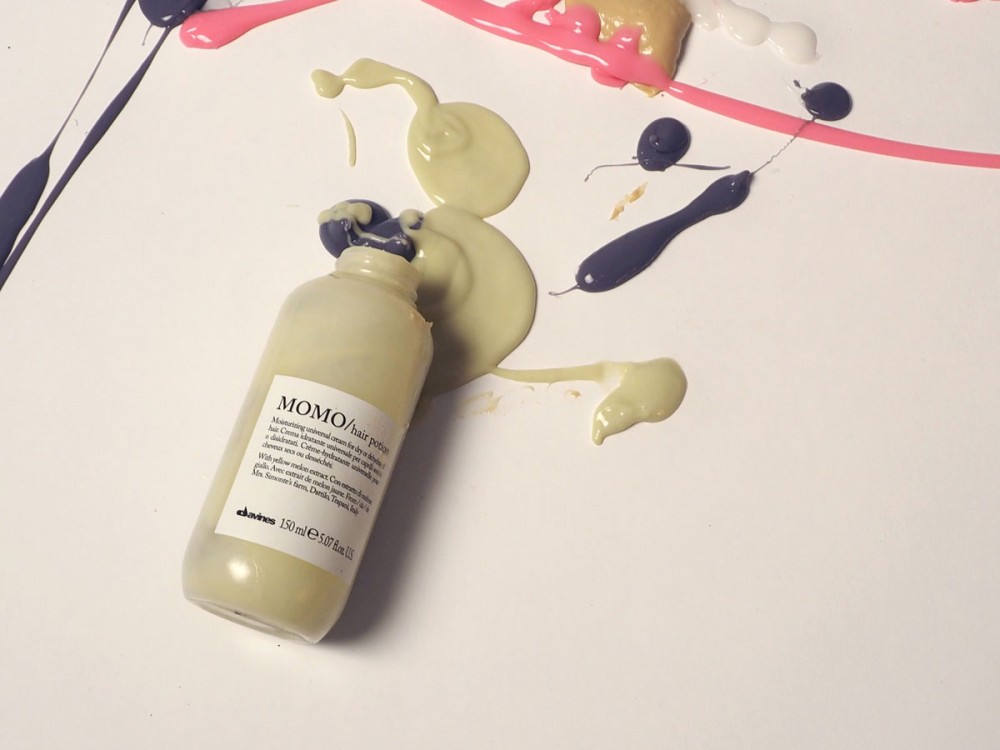
Our recent love affair with balayage and bleach means there is a lot of crispy hair out there. Target heavily damaged areas of your hair with the most potent repair and moisture mask that you can get your hands on. Those crunchy ends are going to require a mask that is high in nourishing oils and strength building proteins.
What about the hair in the middle? Chances are the mid-lengths of your hair aren’t in the worst condition, but as your hair grows (an unavoidable side effect of being a human being) those mid sections of hair turn into dry split ends if they’re not looked after. It really pays to show them some attention up front. Hit this area with anti-oxidants and lightweight moisture. This will help with manageability and future proof your hair.
Always condition your hair after a masking session. Masks tend to have a high pH so that they can penetrate your hair more effectively. That means you need to follow up with a low pH conditioner to lock that goodness in. Home remedy: finish with a rinse of apple cider vinegar.
Always follow the manufacturer’s instructions, it’s not always the best call to leave a mask in overnight.
If you’re heading out and you want to impress, these instant treatments are your new BAE’s.
